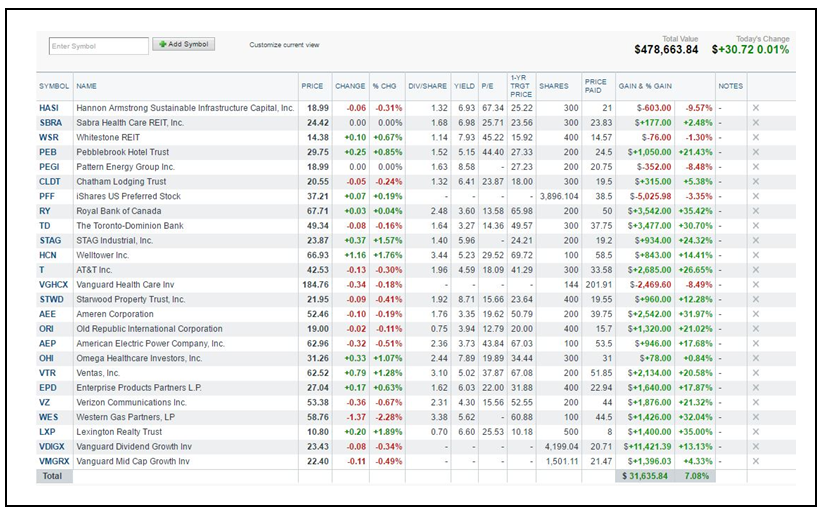Table of ContentsNot known Facts About What Is A Derivative FinanceWhat Determines A Derivative Finance Can Be Fun For EveryoneFinance What Is A Derivative Fundamentals ExplainedExamine This Report about What Are Derivative Instruments In Finance
Because they can be so unstable, relying heavily on them could put you at serious financial threat. Derivatives are complex financial instruments. They can be excellent tools for leveraging your portfolio, and you have a great deal of flexibility when choosing whether to exercise them. Nevertheless, they are likewise risky financial investments.
In the right hands, and with the best strategy, derivatives can be an important part of a financial investment portfolio. Do you have experience investing in monetary derivatives? Please pass along any words of advice in the comments listed below.
What is a Derivative? Basically, a derivative is a. There's a great deal of terminology when it comes to discovering the stock exchange, but one word that investors of all levels need to understand is acquired because it can take numerous forms and be an important trading tool. A derivative can take lots of kinds, consisting of futures agreements, forward agreements, options, swaps, and warrants.
These assets are typically things like bonds, currencies, products, rate of interest, or stocks. Consider example a futures agreement, which is among the most typical types of a derivative. The value of a futures agreement is impacted by how the underlying agreement performs, making it a derivative. Futures are typically utilized to hedge up riskif an investor buys a particular stock but concerns that the share will decline with time, she or he can participate in a futures agreement to secure the stock's worth.
The Best Guide To What Finance Derivative
The non-prescription version of futures agreements is forwards contracts, which essentially do the exact same thing but aren't traded on an exchange. Another common type is a swap, which is generally a contact between 2 people consenting to trade loan terms. This might include somebody swapping from a fixed rate of interest loan to a variable interest loan, which can assist them get better standing at the bank.
Derivatives have progressed over time to include a variety of securities with a number of purposes. Due to the fact that investors attempt to benefit from a cost change in the underlying property, derivatives are typically used for hypothesizing or hedging. Derivatives for hedging can frequently be deemed insurance coverage. Citrus farmers, for example, can utilize derivatives to hedge their exposure to winter that could considerably lower their crop.
Another typical use of derivatives is for speculation when wagering on a property's future cost. This can be specifically practical when trying to prevent exchange rate problems. An American financier who buys shares of a European business using euros is exposed to currency exchange rate danger since if the exchange rate falls or alters, it might affect their overall profits.
dollars. Derivatives can be traded 2 methods: nonprescription or on an exchange. The majority of derivatives are traded over-the-counter and are unregulated; derivatives traded on exchanges are standardized. Usually, non-prescription derivatives bring more danger. Prior to participating in a derivative, traders need to know the risks associated, including the counterparty, underlying asset, price, and expiration.
Get This Report about What Is Derivative In Finance
Derivatives are a typical trading instrument, however that does not imply they are without debate. Some investors, notably. In reality, experts now commonly blame derivatives like collateralized financial obligation responsibilities and credit default swaps for the 2008 financial crisis since they led to excessive hedging. Nevertheless, derivatives aren't inherently bad and can be a beneficial and rewarding thing to contribute to your portfolio, particularly when you understand the process and the threats (what is derivative instruments in finance).
Derivatives are among the most widely traded instruments in financial world. Value of an acquired transaction is obtained from the worth of its underlying possession e.g. Bond, Interest Rate, Product or other market variables https://finance.yahoo.com/news/wesley-financial-group-sees-increase-150000858.html such as currency exchange rate. Please check out Disclaimer before continuing. I will be discussing what derivative monetary items are.
Swaps, forwards and future items belong to derivatives product class. Examples consist of: Fx forward on currency underlying e.g. USDFx future on currency underlying e.g. GBPCommodity Swap on product underlying e.g. GoldInterest Rate Swap on interest rate curve underlying e.g. Libor 3MInterest Rate Future on rate of interest underlying e.g. Libor 6MBond Future (bond underlying e.g.
For that reason any modifications to the underlying property can alter the value of a derivative. what is derivative instruments in finance. Forwards and futures are monetary derivatives. In this area, I will describe similarities and differences among forwards and futures. Forwards and futures are very comparable https://www.chamberofcommerce.com/united-states/tennessee/franklin/resorts-time-share/1340479993-wesley-financial-group due to the fact that they are agreements between two celebrations to purchase or sell a hidden asset in the future.

About What Is A Derivative Finance Baby Terms
However forwards and futures have lots of differences. For a circumstances, forwards are personal in between 2 celebrations, whereas futures are standardized and are between a celebration and an intermediate exchange home. As a consequence, futures are much safer than forwards and traditionally, do not have any counterparty credit threat. The diagram below highlights qualities of forwards and futures: Daily mark to market and margining is required for futures contract.
At the end of every trading day, future's contract price is set to 0. Exchanges maintain margining balance. This helps counterparties reduce credit risk. A future and forward agreement may have similar properties e.g. notional, maturity date etc, however due to day-to-day margining balance maintenance for futures, their costs tend to diverge from forward costs.
To illustrate, assume that a trader buys a bond future. Bond future is a derivative on a hidden bond. Price of a bond and rates of interest are highly inversely proportional (negatively associated) with each other. Therefore, when interest rates increase, bond's rate reductions. If we draw bond rate and rate of interest curve, we will discover a convex shaped scatter plot.